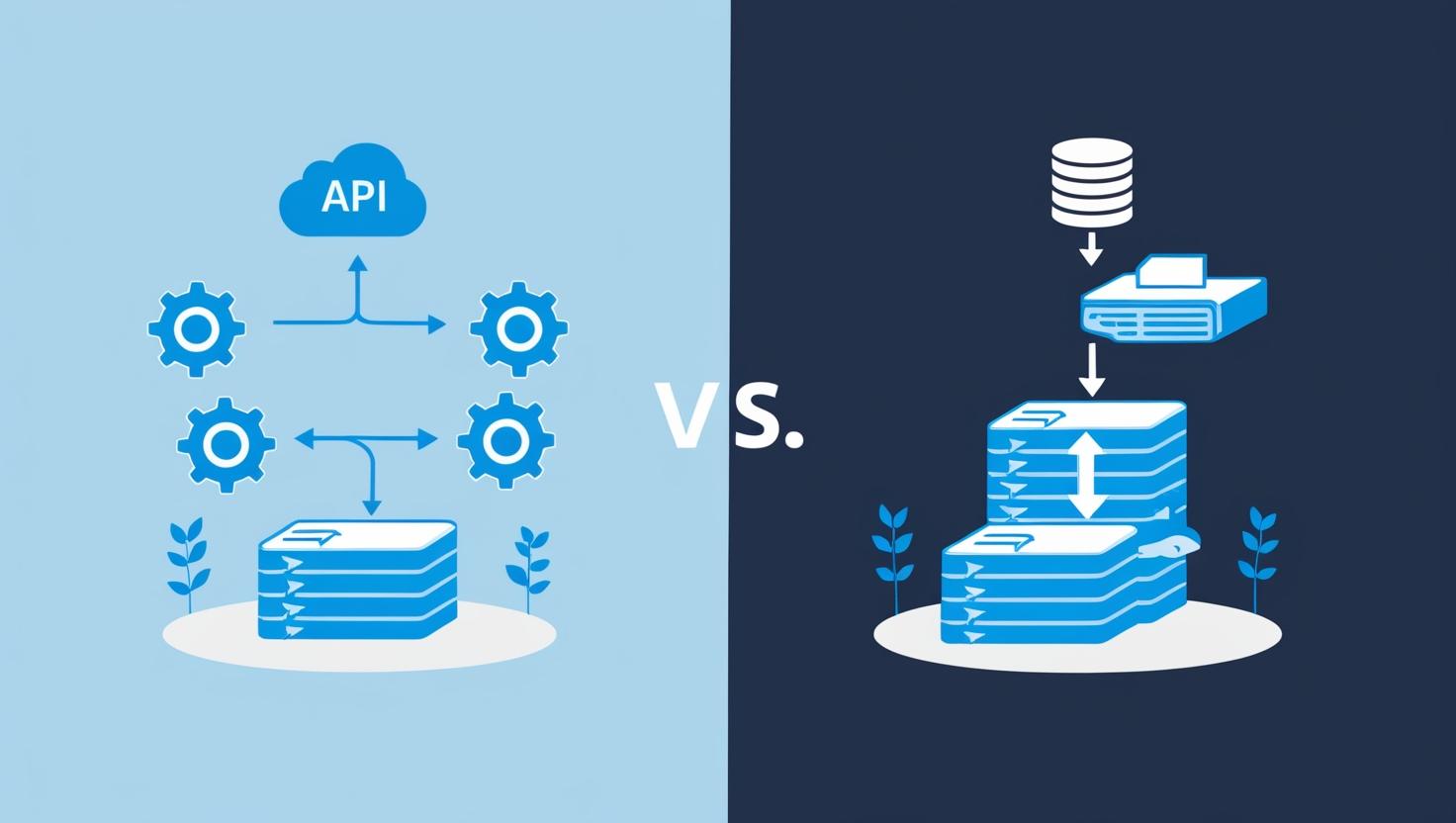Mastering API Testing: A Comparison of HAR Files and Mocking Techniques
 Jags
Jags
When testing API interactions, you have two primary options: using HAR (HTTP Archive) files or mocking. Each method has its strengths and weaknesses, and the choice between them depends on your specific testing needs.
Use HAR Files for:
Complex, multi-step requests that involve multiple network calls
Requests with dynamic data, such as timestamps or session IDs
Testing scenarios where the actual API response matters
When using HAR files, it's essential to sanitize the recorded traffic to ensure that sensitive information is not leaked. Santization techniques can be used to remove sensitive data from the HAR file, such as:
Masking sensitive information like passwords, API keys, user tokens or credit card numbers
Removing personal identifiable information (PII) like names and email addresses
Redacting unnecessary details that don't affect the test outcome
Recording actual network traffic using HAR files allows you to test your application's behavior in a more realistic way. This approach is particularly useful when testing scenarios that involve multiple requests with complex dependencies or error handling.
Use Mocking for:
Simple, single-response APIs that don't require complex setup or tear-down logic
Testing specific API responses without worrying about the underlying network calls
Rapidly prototyping or testing individual API endpoints
Mocking a specific API response enables you to quickly test and validate your application's behavior against a known, expected response. This approach is ideal for simple APIs or when you need to focus on a single endpoint.
Mocking Multiple API Requests
Instead of using HAR files, you can also use mocking to simulate multiple API requests. This approach allows you to control the responses for each request individually, which can be useful when testing complex scenarios that involve multiple API calls.
For example, you could mock the response for an initial API request, then mock the response for a subsequent API request based on the result of the first request. This way, you have more flexibility and control over the testing process.
Pros and Cons
Using mocking to simulate multiple API requests has its pros and cons:
Pros:
More control over the testing process
Can be useful when testing complex scenarios that involve multiple API calls
Allows for easier error handling and scenario setup
Cons:
Requires more code and setup effort compared to using a HAR file
May lead to more complexity in your test code if not managed properly
In Summary
When you need to test complex, multi-step requests or dynamic data scenarios, use HAR files. For simple, single-response APIs or rapid prototyping, use mocking. By understanding the strengths and weaknesses of each approach, you can choose the right method for your testing needs and ensure that your application behaves as expected in various scenarios.
Subscribe to my newsletter
Read articles from Jags directly inside your inbox. Subscribe to the newsletter, and don't miss out.
Written by

Jags
Jags
I am Senior Test Automation Engineer, who is interested in Open Source & Quality at scale.